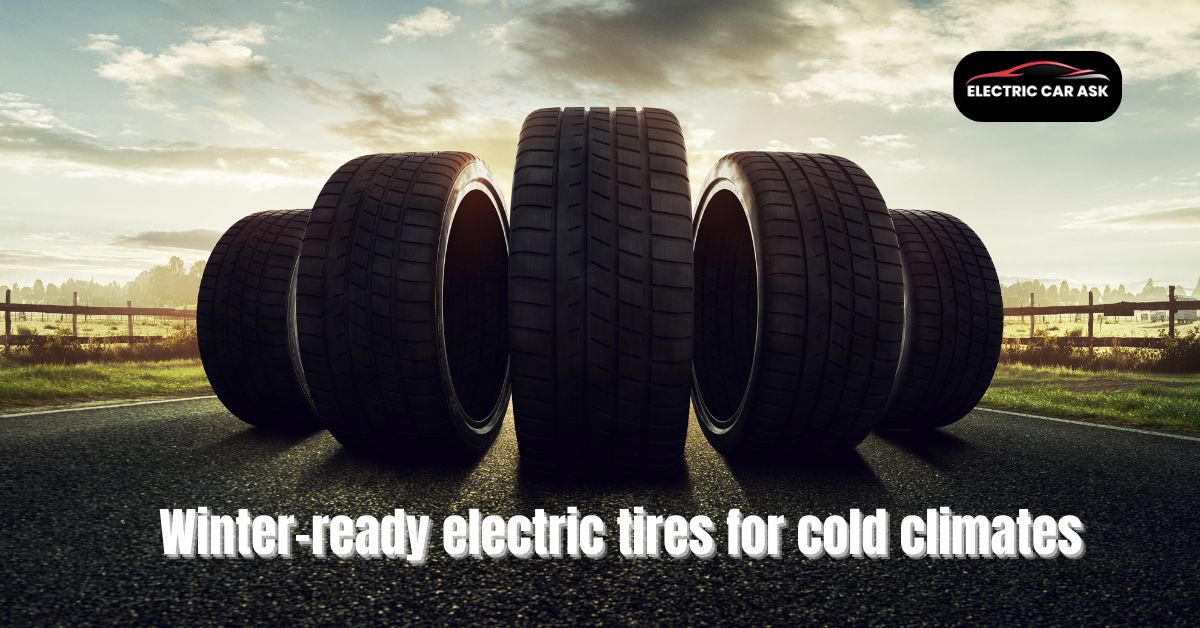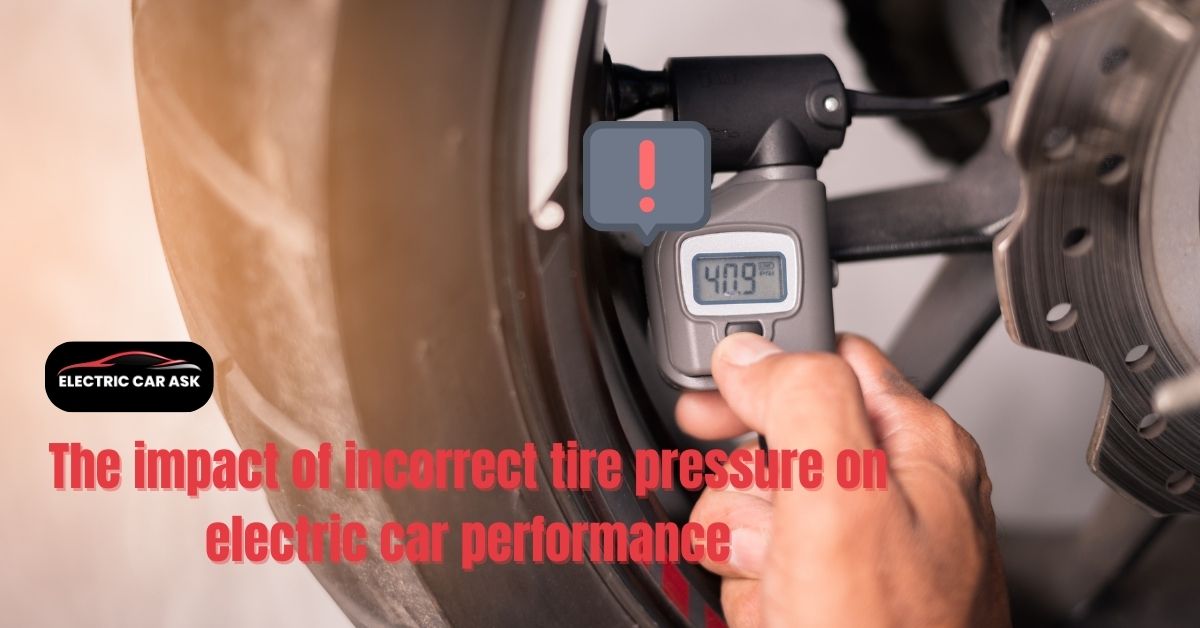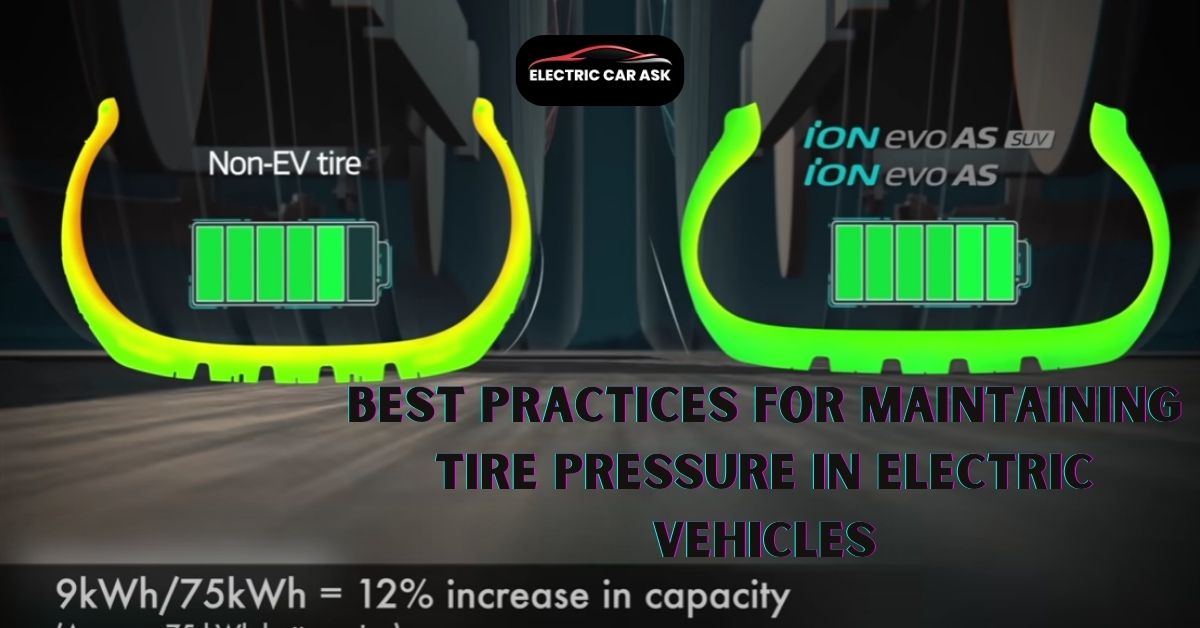How to Charge a Car Battery with Home Electricity? : It happens to the best of us, and knowing how to charge your car battery using home electricity can save you time and money. In this article, we will guide you through the process of safely and effectively charging your car battery at home, ensuring you get back on the road in no time.
Certainly! Here’s a more neutral version of the step-by-step guide on how to charge a car battery with home electricity:
- Find a safe and well-ventilated parking spot for your car.
- Open the car’s hood and locate the battery terminals.
- Obtain a suitable battery charger that matches the voltage requirements of your car’s battery.
- Connect the red clamp (+) of the battery charger to the positive terminal of the battery.
- Attach the black clamp (-) of the battery charger to the negative terminal of the battery.
- Plug the battery charger into a standard electrical outlet.
- Switch on the battery charger to initiate the charging process.
- Keep an eye on the charger’s indicator to monitor the charging progress.
- Once the battery is fully charged, turn off the charger.
- Disconnect the black (-) clamp from the negative terminal of the battery.
- Disconnect the red (+) clamp from the positive terminal of the battery.
- Safely close the car’s hood.
Always remember to consult your car’s manual and the battery charger’s instructions for specific guidance and safety precautions during the charging process.
How to Charge a Car Battery with Home Electricity?
Car batteries are essential for powering your vehicle’s electrical system. Over time, these batteries can lose their charge, leading to a dead battery and leaving you stranded. Knowing how to charge a car battery with home electricity can provide a convenient solution when professional assistance is not immediately available.
Understanding Ecetric Car Batteries
Car batteries are rechargeable and store the electrical energy needed to start the engine. They are typically lead-acid batteries, consisting of cells that produce a chemical reaction to generate electricity. Understanding the basics of how car batteries work will help you charge them correctly.
Safety Precautions of an Electric Car Battery.
Before attempting to charge your car battery, it is vital to prioritize safety. Follow these precautions to ensure a safe charging process:
- Work in a well-ventilated area to avoid the accumulation of explosive gases.
- Wear protective gloves and safety glasses to protect yourself from battery acid and potential sparks.
- Ensure all electrical connections are secure and insulated.
- Keep children and pets away from the charging area.
Gathering the Necessary Tools For Car Battery Charging
To charge your car battery at home, you will need the following tools:
- Battery charger: Invest in a high-quality charger suitable for your battery type.
- Safety gloves and glasses: Protect yourself from any potential hazards.
- Wrench or pliers: Used to disconnect the battery terminals if necessary.
- Battery terminal cleaner: Ensure a clean and secure connection.
- Distilled water: If your battery requires it, top up the water levels before charging.

Also Read
- What Happens If Your Electric Car Runs Out of Battery?
- How to Test a Hybrid Car Battery?
- When to Replace Your Electric Car Battery?: A Comprehensive Guide for Electric Car Battery Replacement
- How Long Does an Electric Car Battery Stay Charged
- What is an Electric Car Battery Made Of?
- What Goes Into Making an Electric Car Battery?
- How to Make an Electric Car Battery?
- How to Make Electric Car Battery?
- How Much Does It Cost for an Electric Car Battery?
- How Much for Electric Car Battery?
- How Much Does an Electric Car Battery Weight?
- How is an Electric Car Battery Made?
Identifying the Battery Terminals
Before connecting the charger, it is crucial to identify the positive (+) and negative (-) terminals of your car battery. Typically, the positive terminal is red, while the negative terminal is black. This identification is vital to ensure proper charging and prevent any electrical mishaps.
Connecting the Charger
Now that you’ve identified the battery terminals, it’s time to connect the charger:
- Ensure the charger is unplugged from the power source.
- Attach the positive clamp of the charger to the positive terminal of the battery.
- Connect the negative clamp to the negative terminal of the battery.
- Double-check that the connections are secure and tight.
Charging the Electric Car Battery
With the charger properly connected, it’s time to initiate the charging process:
- Plug the charger into a power outlet.
- Follow the manufacturer’s instructions to set the charging mode and amperage suitable for your battery.
- Start the charging process by turning on the charger.
Monitoring the Charging Process
While the battery is charging, it’s essential to monitor the process to ensure everything is going smoothly:
- Keep an eye on the charger’s indicator lights or display. They will provide information about the charging status and any potential issues.
- Check the battery periodically for signs of overheating, such as excessive heat or unusual smells. If you notice any concerning symptoms, stop the charging process immediately and seek professional assistance.
Disconnecting the Charger
Once the battery has reached a full charge, it’s time to disconnect the charger:
- Turn off the charger and unplug it from the power outlet.
- Remove the negative clamp from the battery terminal.
- Disconnect the positive clamp from the battery terminal.
- Ensure that the clamps are stored safely and the charger is in a secure place.
Testing the Car Battery
To verify that your battery is holding the charge properly, perform a simple voltage test:
- Use a voltmeter or multimeter to measure the battery’s voltage.
- A fully charged battery should read around 12.6 volts or higher.
- If the reading is significantly lower, it may indicate a faulty battery that requires professional attention.
Maintaining a Healthy Battery
Proper maintenance can extend the life of your car battery and minimize the chances of encountering a dead battery situation. Here are some tips to keep your battery in optimal condition:
- Regularly clean the battery terminals to prevent corrosion.
- Inspect the battery for any signs of damage or leakage.
- Park your vehicle in a sheltered area, especially during extreme temperatures.
- Avoid leaving electronics or lights on when the engine is not running.
Troubleshooting Common Issues
In case you encounter problems while charging your car battery or it fails to hold a charge, consider the following troubleshooting steps:
- Check the charger’s connections and ensure they are securely attached to the battery terminals.
- Verify that the charger is compatible with your battery type and voltage requirements.
- Inspect the battery for any signs of damage or wear that may require a replacement.
- If all else fails, consult a professional mechanic or battery specialist for assistance.
Conclusion
Charging your car battery with home electricity is a convenient and cost-effective solution when faced with a dead battery. By following the outlined steps and adhering to safety precautions, you can confidently charge your car battery at home and get back on the road quickly. Remember to maintain your battery regularly to prolong its lifespan and minimize the chances of unexpected failures. If you have questions about Charge a Car Battery with Home Electricity then ask in the comment section. I will try to give you the solution. Bye Bye for the Next post.
Frequently Asked Questions (FAQs)
Can I charge my car battery using a regular power outlet at home?
Yes, you can charge your car battery using a regular power outlet. However, it’s essential to use a suitable battery charger to ensure safe and effective charging.
How long does it take to charge a car battery fully?
The charging time depends on various factors, such as the battery’s capacity, level of discharge, and charger specifications. On average, it may take several hours to fully charge a car battery.
Can I leave the battery charger connected to the battery for an extended period?
It is not recommended to keep the charger connected to the battery for an extended period. Once the battery is fully charged, disconnect the charger to prevent overcharging.
What should I do if my car battery keeps losing its charge quickly?
If your car battery consistently loses its charge, it may indicate an underlying issue. It’s advisable to have the battery and charging system inspected by a professional to determine the cause.
Can I jump-start my car battery using home electricity?
Jump-starting a car battery requires another vehicle or a jump starter pack. Home electricity alone cannot provide the necessary power to jump-start a dead battery.
Can I charge my car battery with electricity?
Yes, you can charge your car battery with electricity. Most of the Car Battery is developed to charge home electricity.



